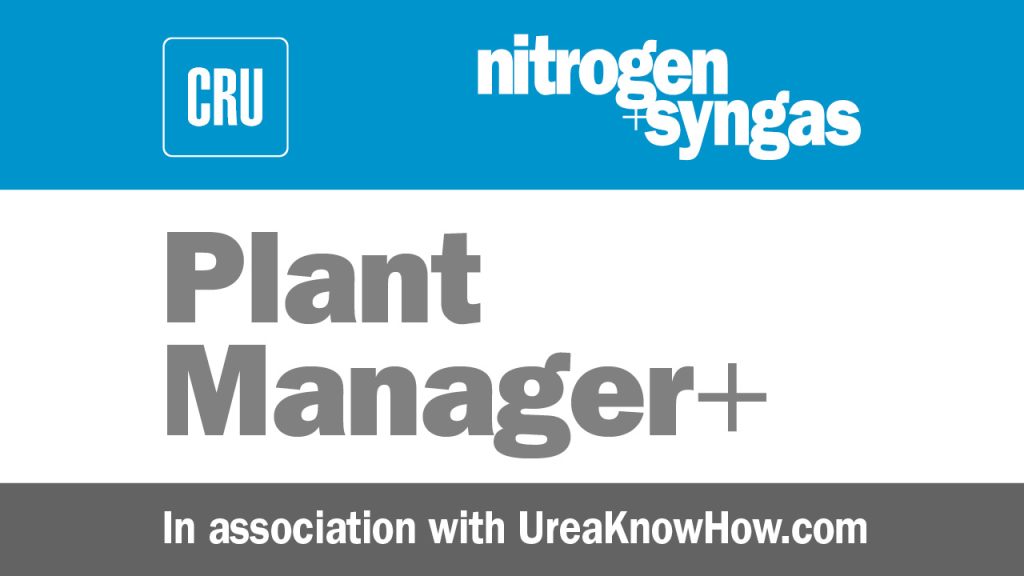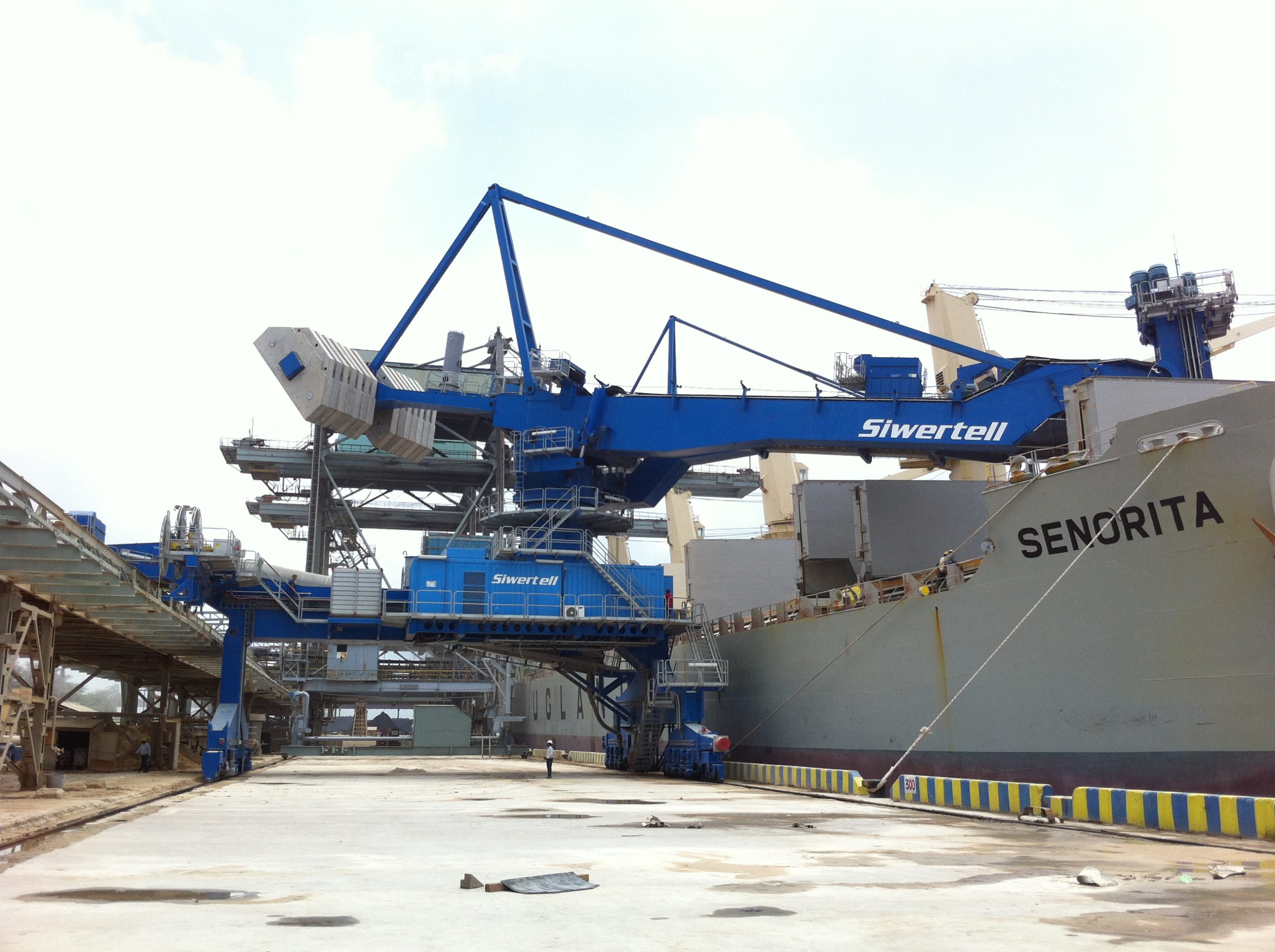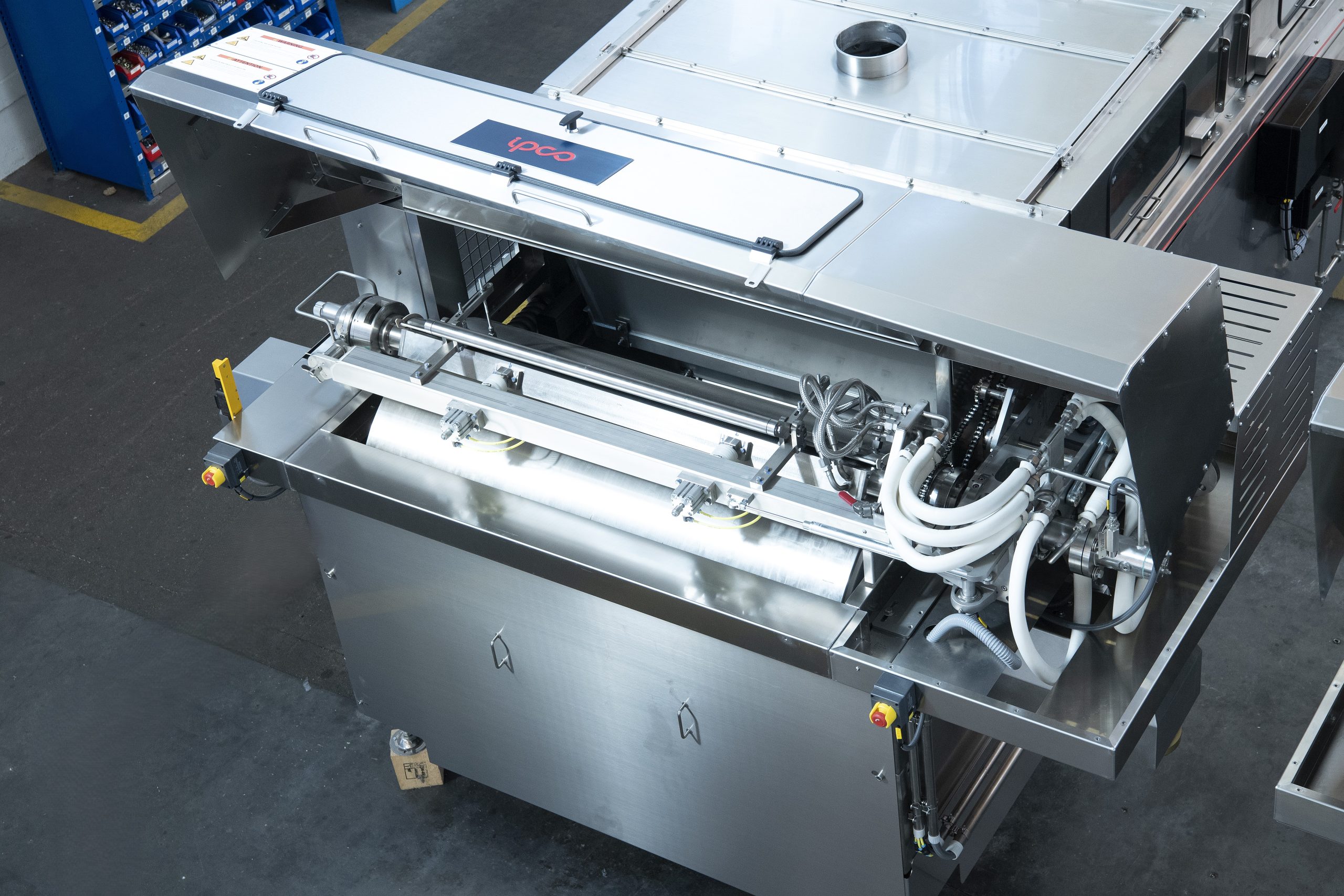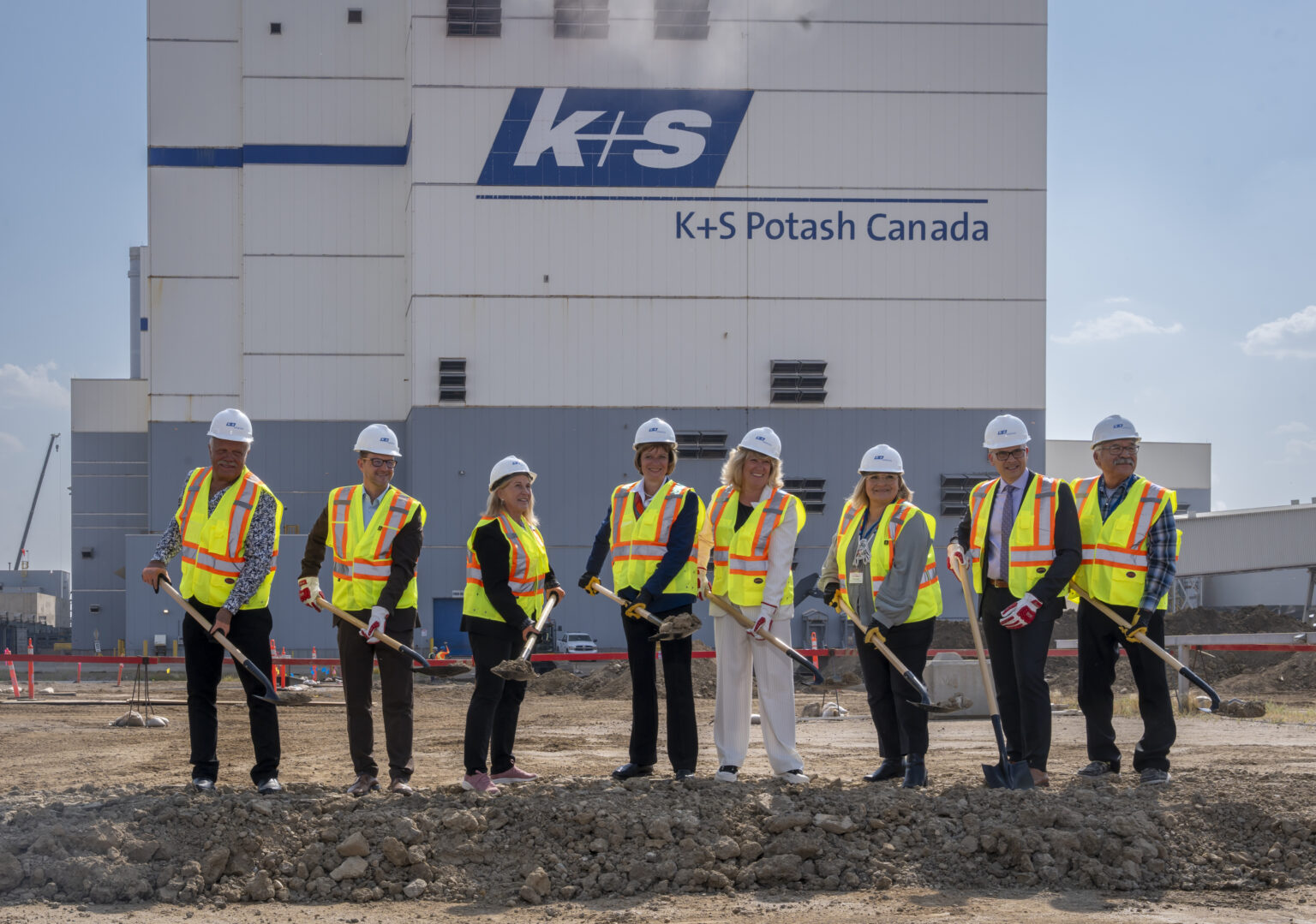Nitrogen+Syngas 317 May-Jun 2012

30 June 2012
Problem No. 12: Oil fouling of the high pressure stripper in a urea plant
The efficiency of the high pressure stripper is a very important parameter in the optimum operation of any urea plant. Fouling of the HP stripper can reduce the efficiency and oil is a typical cause of fouling. Oil can originate from, for example, oil seal systems of high pressure reciprocating ammonia and carbamate pumps and carbon dioxide compressors. Oil can easily cause fouling of the liquid distributor system in the top of the HP stripper (where small holes are present) as the oil can become thick due the stripping of the light components. What are the best methods of solving oil fouling problems and cleaning the HP stripper?
Mr Malik Sohail of Agritech Ltd in Pakistan introduces a very interesting practical problem that has a big impact on the performance of a urea plant – oil fouling in the high pressure stripper: We have a TEC ACES plant with a HP stripper of Stamicarbon design. There has been a problem with stripper efficiency and when the ferrules were opened during a shutdown it was found that 150+ tubes (about 10%) had oil in the stripper bottom. The ferrules are OK. No blockage of holes was observed but there was evidence of pitting. The oil consumption at the NH3 feed pump was high before the shutdown and the HP stripper bottom temperature was on the high side with high NH3 slippage.
I would like to ask the following questions:
- How can the oil be removed?
- What are the possible causes of it?
- What procedure should be used to wash the stripper tubes?
Mr Mark Brouwer of UreaKnowHow.com replies: Oil can come from a variety of sources such as the HP NH3 pump, compressors in ammonia plant, ammonia storage tank, etc. Oil in the HP stripper can be removed using a caustic solution. Contact Stamicarbon for the cleaning procedure.
Oil fouling can result in a lower stripper efficiency but other factors can also affect the efficiency, for example:
- non-uniform liquid distribution over the tubes. Did you check if there is a difference in liquid level between the centre and the outer area?
- poor tightening of the ferrules on the tube ends, resulting in liquid/gas bypass.
Mr Muhammad Farooq of Agritech Ltd in Pakistan adds: With regard to the liquid level at the tube sheet, the level was higher on the wall side than in the middle.
The swirls fittings were good. We carried out a leak test which indicated no leakage apart from a few tubes, so we concluded there was no liquid bypass there. But the stripper efficiency is still low, what measures should we take next?
Mr Janusz Maćkowski of ZCh”Police” in Poland provides some solutions: If you have an ongoing problem with oil fouling you could apply some of the procedures described in UreaKnowHow.com’s Technical paper: 2010 09 Ren Lanhua UreaKnowHow.com Stripper Efficiency Problems. You could also try washing the stripper using a HP water pump at every stoppage.
Muhammad Farooq: We have already tried one of the washing procedures referred to in the paper, item 4.1. We dismantled the stripper which highlighted the problems.
Mark Brouwer: What level difference did you observe between the centre and wall side? When you have droplets from some tubes in the leak test, it is a sign that some liquid is bypassing. This can also result in gas bypassing during operation. Did you observe blue oxide layers on the inside of the ferrules where these are fixed to the tubes? What is your stripper efficiency? How much lower is it compared to design? Did you do a delta-P test of the ferrules? I suggest contacting Stamicarbon to recheck the liquid distributor system based on your findings.
Janusz Maćkowski: You could also check whether the geometry of the heat exchanger part of the stripper has changed (check the tubes are still vertical and not twisted), whether the stripper tubes are fouled and whether they have the same diameter along their entire length (as any restrictions will have an adverse effect on the stripper).
Mr Patel Rasikal Dahyabhai of Notore Chemicals Ltd in Nigeria adds his recommendations: You can clean the stripper tubes and ferrules using Teapol (just like soap solution but it must be chloride free). If you have big oil problems in the stripper, it is best to convert the plunger packing lubrication system of the HP ammonia pump (forced feed lubricator) from oil to flushing water just like HP carbamate pump. The ammonia surge drum/suction vessel should also be thoroughly cleaned during the annual turnaround.
Mr Muhammad Kashif Naseem of SABIC in Saudi Arabia offers his experience and practical solutions: Our HP stripper has also had a problem due to uneven liquid level indicated on the swirls.
For oil cleaning I suggest filling the stripper with condensate from the bottom up to 6 inch above the top of the tubes and heating up the condensate to 120°C for 3-4 hours before draining it. Repeat this procedure 5 to 6 times to completely wash out the oil. But, in my opinion, your problem may be due to the internal fittings, so refit them and carry out a pressure test.
Muhammad Farooq: Although we carried out back washing during plant start up, the stripper efficiency did not improve.
After that we had a shutdown and inspected the stripper which highlighted problems. Our plant is now in operation again.
The liquid level was around 10-12inches towards the wall side and 5-7inches in the middle, judging from the change in metal colour.
Although the leak test was OK (zero leakage with 30 mm water level on tube sheet), around 450/1824 tubes show a blue oxide layer. The stripper efficiency (alpha) is 66.5-68.7% We haven’t done a delta P test of the liquid dividers yet.
Mark Brouwer: Here is some advice for the next turnaround: The level difference between the centre and outer area seems too high, so improvements should be made to the liquid divider system; perform a delta-P test on the ferrules; check the dimensions and tolerances of the fittings of the ferrules on the tube ends.
How much does the efficiency differ compared to design? Did you remove the oil? If yes, how?
Mr Sunil Kulkarni of Mangalore Chemicals & Fertilizers Ltd in India shares his experiences: The most effective way to clean stripper tubes is EDTA cleaning. Stamicarbon can provide the procedure. Ammonia pumps plunger packing can be changed over to water flushing to eliminate oil ingress. We have done both of these at our plant with good results.
Muhammad Farooq: Please send more details of the system installed for switching to water flushing at ammonia pumps plunger packing.
Mr Vedantam Srinivas of Safco in Saudi Arabia confirms one of the suggested solutions: To eliminate the root cause, change the NH3 pump packing sealing system from oil to cold condensate. This will bring many benefits to the plant as well as providing a clean environment. The stripper and downstream equipment will normalise gradually on their own. The cost of the modification is low. The condensate outlet from the packings can also be collected in a drain collecting tank to recover the ammonia.
Mark Brouwer: The cleaning procedure with EDTA is for removing oxide scale, not for removing oil. The seal system for the HP NH3 pump is a water seal system not a water flush system. I believe all HP NH3 pump vendors have a water seal system now as a standard feature, so they will also have information on how to do that. The principle is that water is sealed at about 5 bar between the low pressure packing rings and the high pressure packing rings. Any NH3 leakage through the high pressure packing rings will be absorbed in the water and measured by the temperature difference of the water. The water should be free of solids.
A HP carbamate pump has a water flush system, which washes away carbamate crystals.
Muhammad Farooq: Which vendor should we contact to switch the sealing system of our Peroni HP ammonia pump from oil to water? The injection oil sealing pressure at plunger packing is 33-35kg/cm2 with a discharge pressure of pump=185kg/cm2. Mark Brouwer: I believe every pump vendor has developed a water seal nowadays, so Uraca, Peroni etc. Please check with them.
Mr Le Ngoc Ban of Phu My Fertilizer in Vietnam shares his experiences: Our plant is in a turnaround and we are finding it difficult to remove oxide scale from inside the ferrules and on the tube side of the MP decomposer. Does anyone have any advice for cleaning with EDTA or any experiences to share?
Malik Sohail: Are there any operational problems with water sealing of HP Ammonia pumps? If there is wear of the stuffing box, water will carry with ammonia and H/C in the loop and ultimately urea conversion will be affected. Which is more damaging, oil or water carryover with ammonia?
Mark Brouwer: During normal operation, leakage of water or oil to the process side should be minimal if proper maintenance procedures are applied. In the case of an upset, oil fouling can cause bigger problems than water, at least in stripping plants. Even during an upset the amount of water from the pumps is much less than from the carbamate recycle. The liquid holes in the liquid dividers in the top of the stripper act as a kind of filter for the whole synthesis section. Oil will also be stripped in the stripper at the high temperatures and the heavy boiling part of the oil will collect around the liquid holes.
Sunil Kulkarni: The oil carryover is mainly due to oil from HP ammonia pumps. At MCF we have changed to water for plunger flushing instead of oil. The results are good. The packing life is around 3 months. The oil, if none is eliminated naturally, ends up at the stripper bottom. We have also carried out EDTA cleaning of stripper tubes back in 2000 for 316 tubes and achieved good results. Stamicarbon provided the procedure. Now we also have a Safurex stripper and no problems were observed at the first inspection.
Mark Brouwer: Oil can enter the urea synthesis from the reciprocating HP pumps and CO2 compressor. Compared to the total amount of reactor solution, the amount of oil is small. The reactor solution and oil form an emulsion. The continuous phase is the reactor solution and the oil droplets form the discontinuous phase. In the top of the stripper (without a special fluid distribution system), the emulsion is relatively calm, i.e. no turbulence. Here, the oil has time to coalesce to larger droplets, which rise and form an oil film on the surface. As more reactor solution with oil enters the stripper, more and more oil coalesces and forms a thick film of oil. This oil film is polymerised at the surface in the gas phase. Solid particles are formed which may sink due to their larger density and clog the holes in the liquid distribution dividers. SBN’s solution for this is to prevent coalescence of the emulsion by keeping the liquid (emulsion) constantly in motion. The oil droplets will then pass with the reactor solution through the holes of the liquid distribution dividers. A special fluid distribution system can be installed above the support plates of the liquid distribution dividers. This solution has been proven in several urea plants for many years.
| This series of discussions is compiled from a selection of round table topics discussed on the UreaKnowHow.com website. UreaKnowHow.com promotes the exchange of technical information to improve the performance and safety of urea plants. A wide range of round table discussions take place in the field of process design, operations, mechanical issues, maintenance, inspection, safety, environmental concerns, and product quality for urea, ammonia, nitric acid and other fertilizers. |






